Gender Stereotypes in Children's Cartoons
An in depth analysis into how gender is "stereotyped" in cartoons
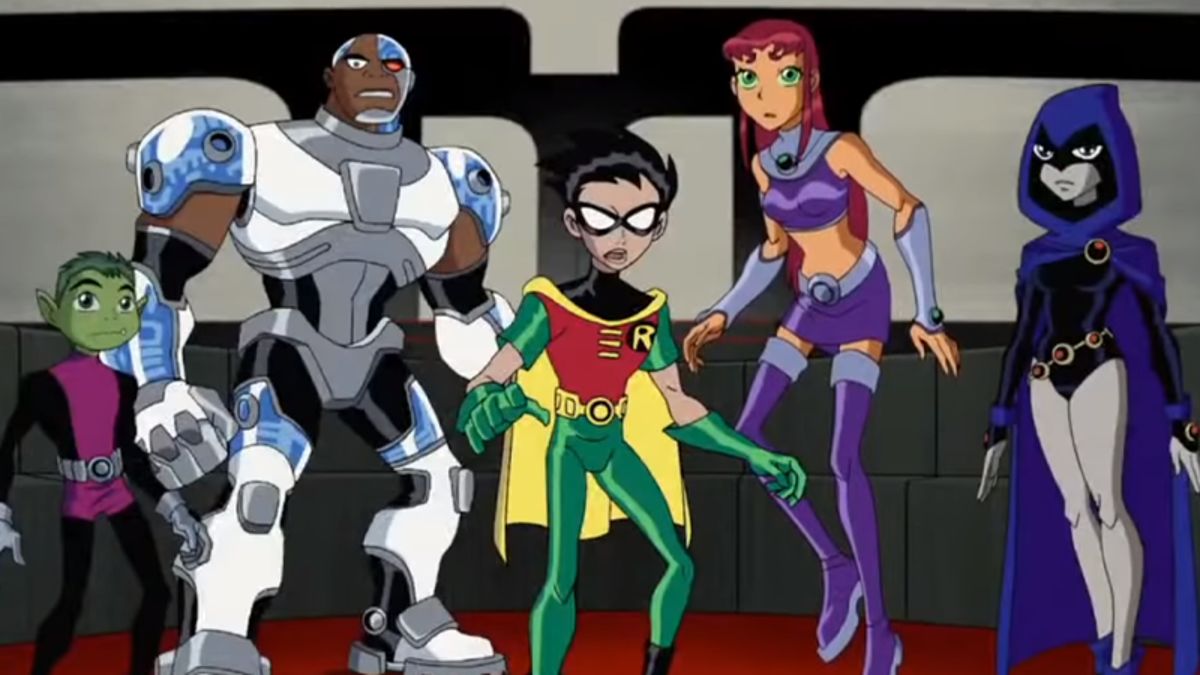
AN INTRO INTO GENDER STERYOTYPES
Stereotypes are a reflection of different social groups in society, one of these social groups that is commonly targeted is that of gender. Gender stereotypes reflect the social expectations of men and women such as the expectation of women to be in a position of care, and men to be in positions of power. Research suggests that these stereotypes are learned throughout people’s lifetimes. Media representations of stereotypes reflect on the nature of women being sexualized and men conforming to a hegemonic standard of masculinity. This can be seen through everyday life, even in the cartoons that are shown to children (Ellemers, N. 2018).
Gendered Genre
Male cartoon characters tend to be in and be a main character in the adventure and action genre cartoons which reinforces the stereotypes of male and female roles and behaviours through their portrayal in these cartoons. For example, male characters are more likely to demonstrate physical aggression and be in leadership roles than are female characters because of the genre of cartoon they are in. Where female characters are more often demonstrating affection, romance, and being in supportive roles than are male characters (Leaper et al. 2006, pp. 1653-1654)
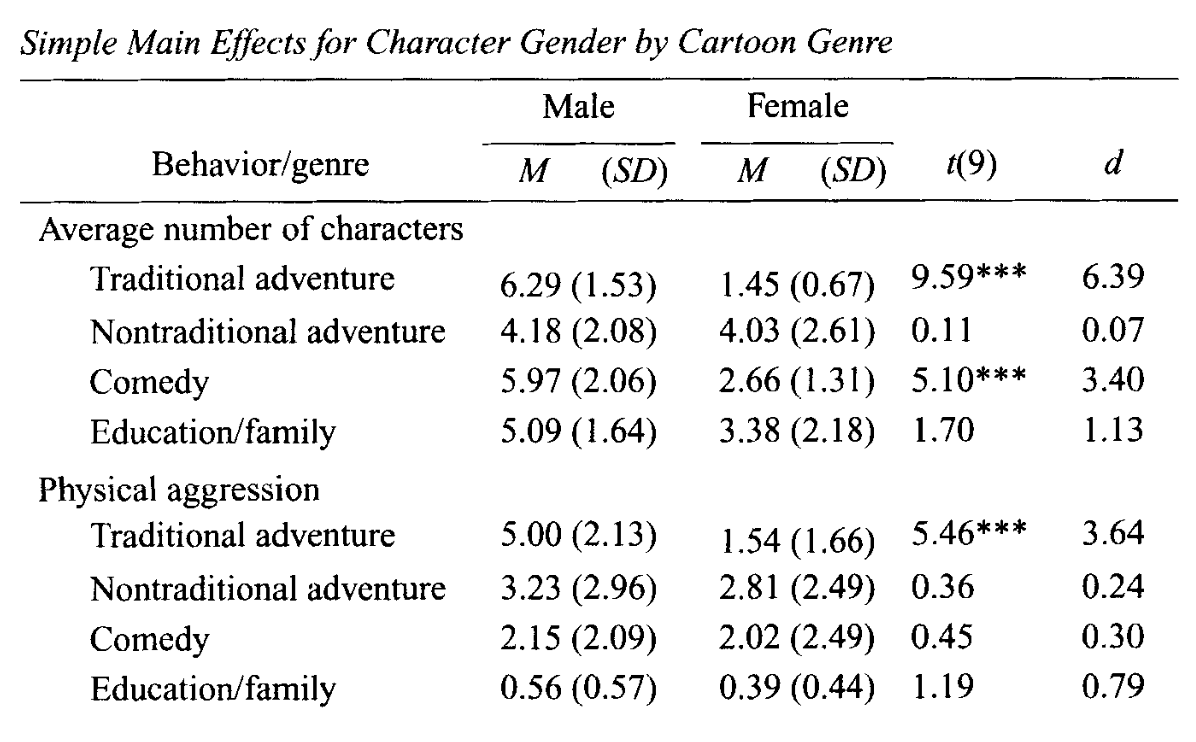
This table demonstrates that in the traditional adventure genre, male characters outnumbered female characters more than 4 to 1. In comedy series, the ratio was over 2 to 1. This evidence reinforces common gender stereotypes as it conforms to the idea of males being more active, powerful and dominant (Leaper et al. 2006, p. 1659).
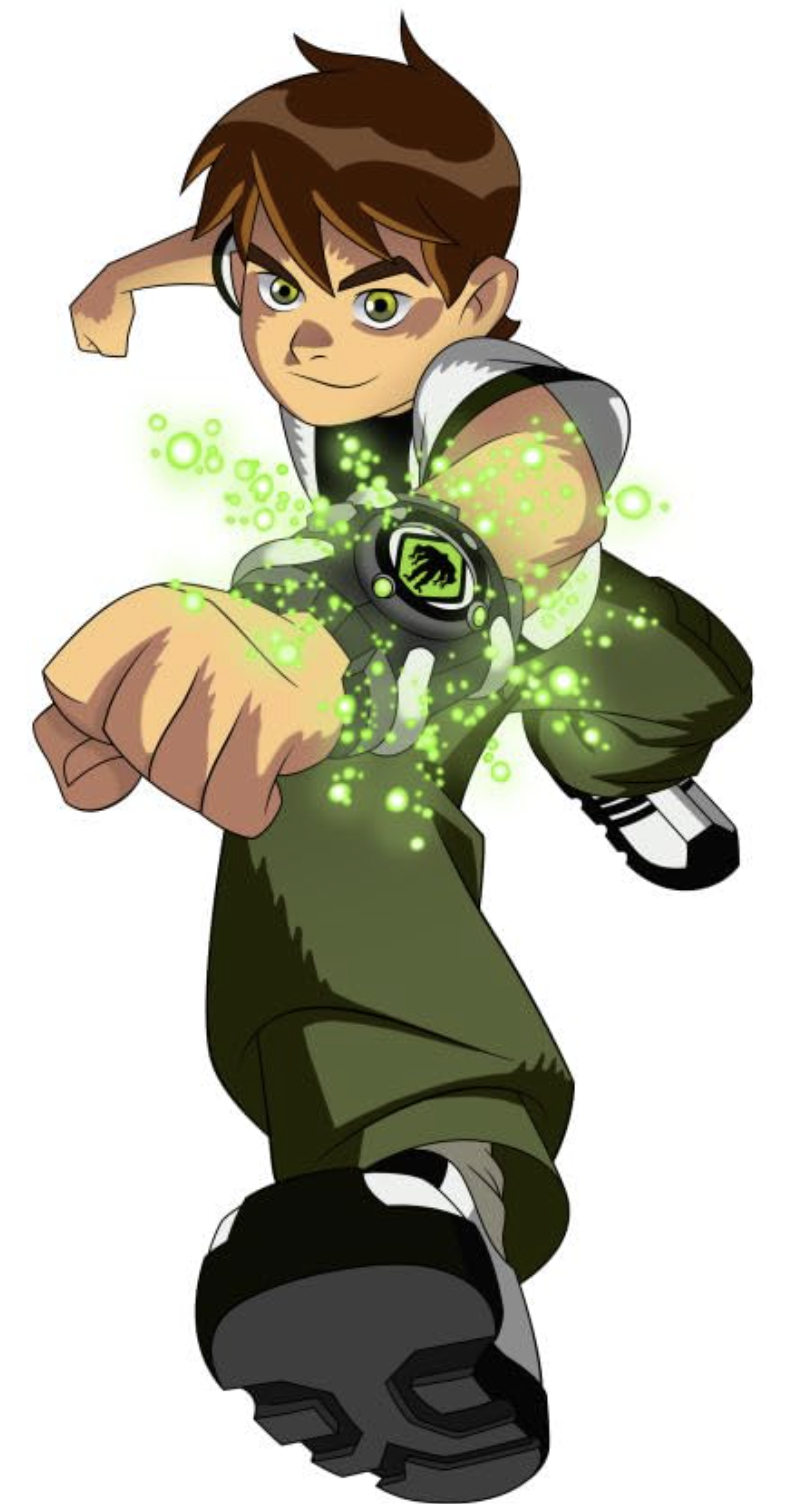
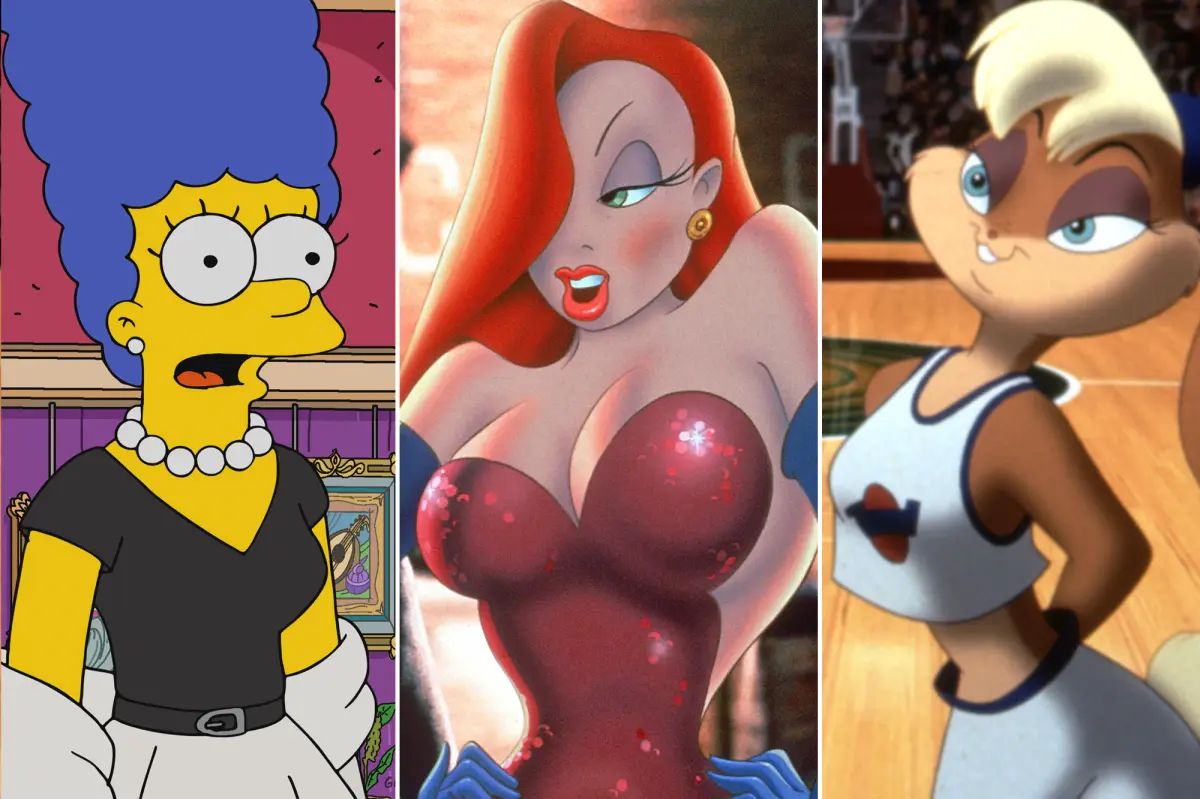

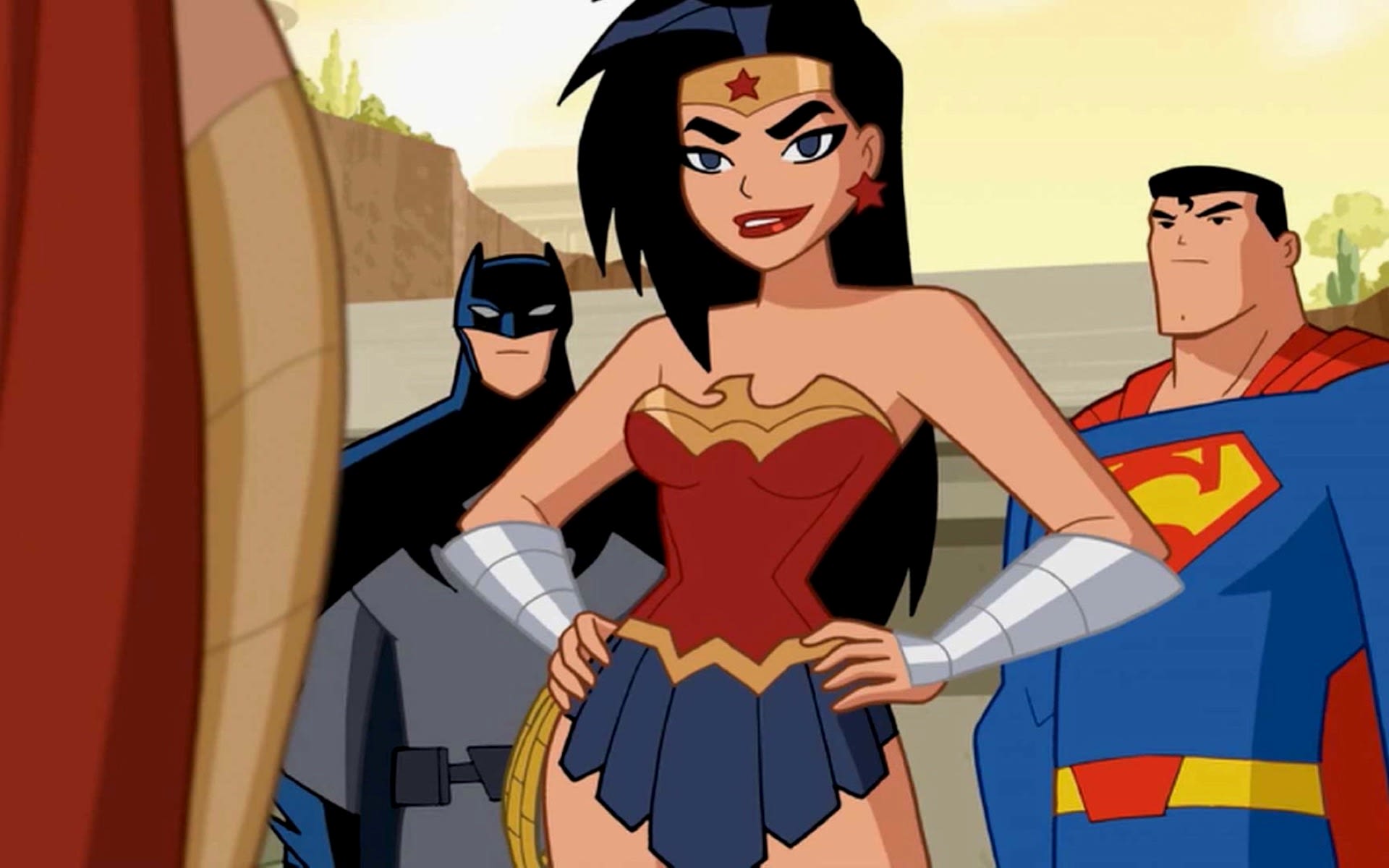
Physical Portrayal of Females in Cartoons
From simply observing cartoons it is obvious that there is a repetitive theme with the female characters. They are most likely to be portrayed as thin and white, conforming to hegemonic femininity.
Female characters are likely to be portrayed in revealing clothing as highlighted in the above images. This clothing tends to be designed to accentuate features on the female body which is considered sexual.
Physical Portrayal of Male Cartoons
The portrayal of male characters in cartoons is similar to that of female where male characters tend to be portrayed to a hegemonic standard. They are often portrayed as extremely muscular, intelligent, strong, and unemotional.
Unlike the female characters, male characters are significantly less likely to be wearing revealing sexualizing outfits.
GENDERED DIALOGUE
Stereotypes about gender are also prevalent in the characters' conversations. The speech in cartoons subtly reinforces prejudices in a variety of ways.
Cartoons employ language and speech to develop plots while providing viewers—in this example, young viewers—with a sense of the personalities and traits of the characters. Characters may utilise language that perpetuates stereotyped gender roles, much to how gender stereotypes are expressed in other aspects like body types and attire. For instance, masculine characters may speak in an authoritative or forceful manner, whereas feminine characters may speak in a more loving or sentimental manner.
Cartoons may be creative and amusing, but it's important to be aware of the prejudices and gender roles they perpetuate. In order to produce more inclusive and powerful material for viewers of all genders, efforts should be made to diversify character portrayals and question established gender conventions.
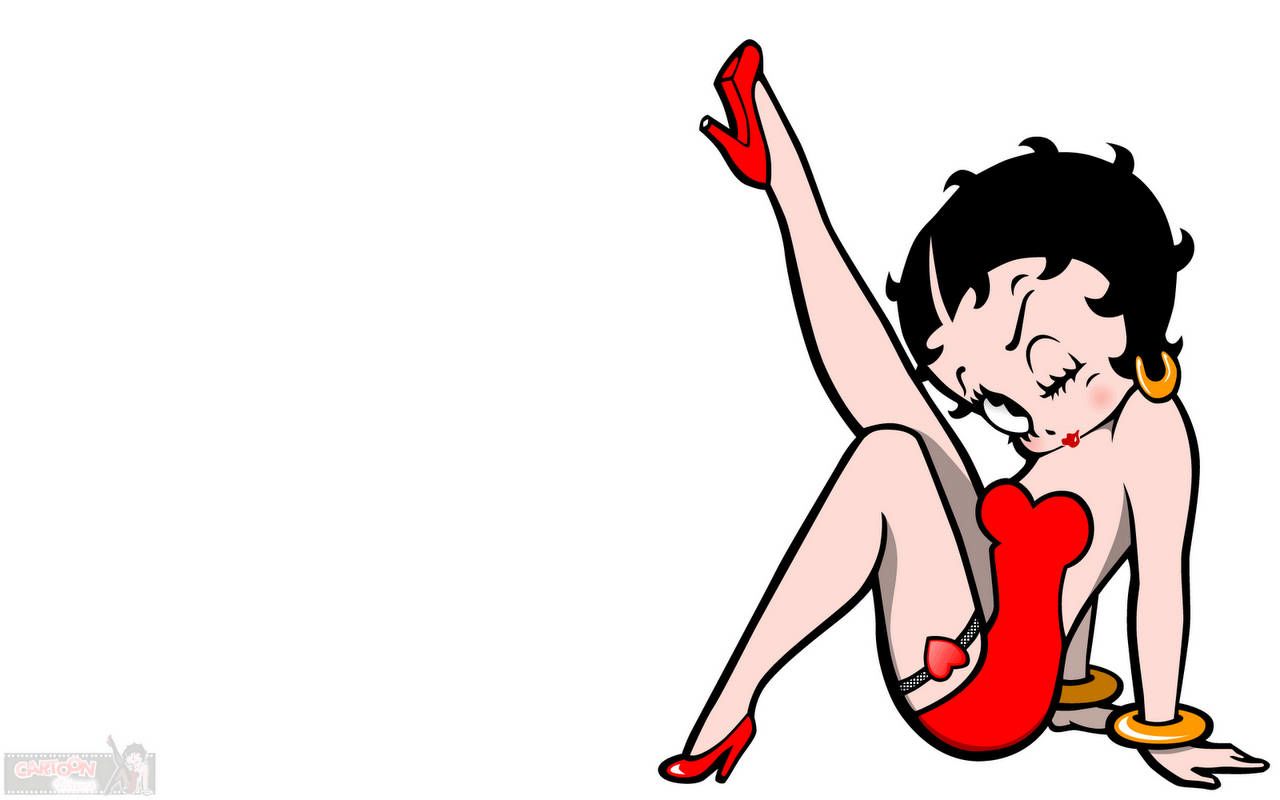
CHALLENGING STEREOTYPES

Dora The Explorer
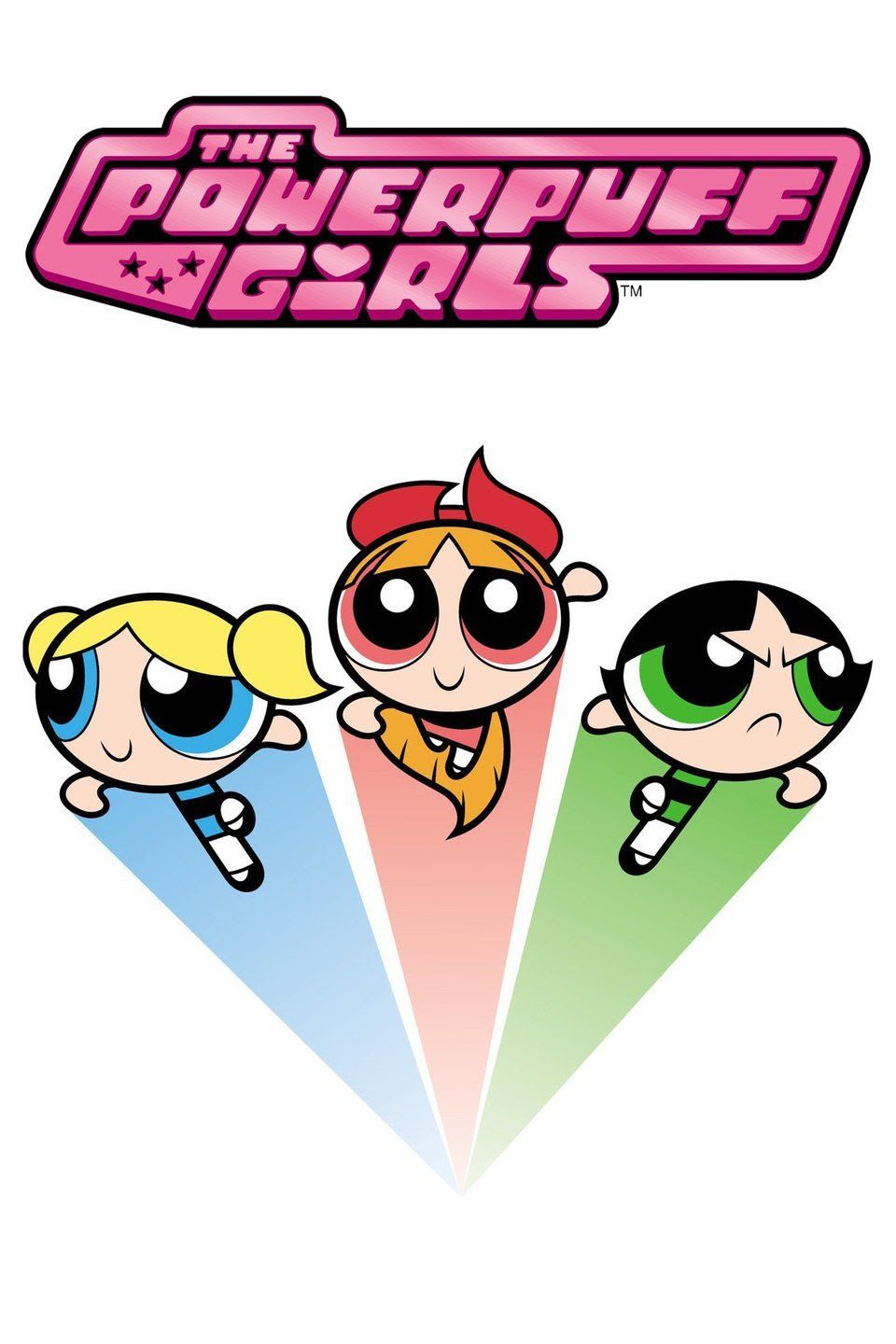
Power Puff Girls.
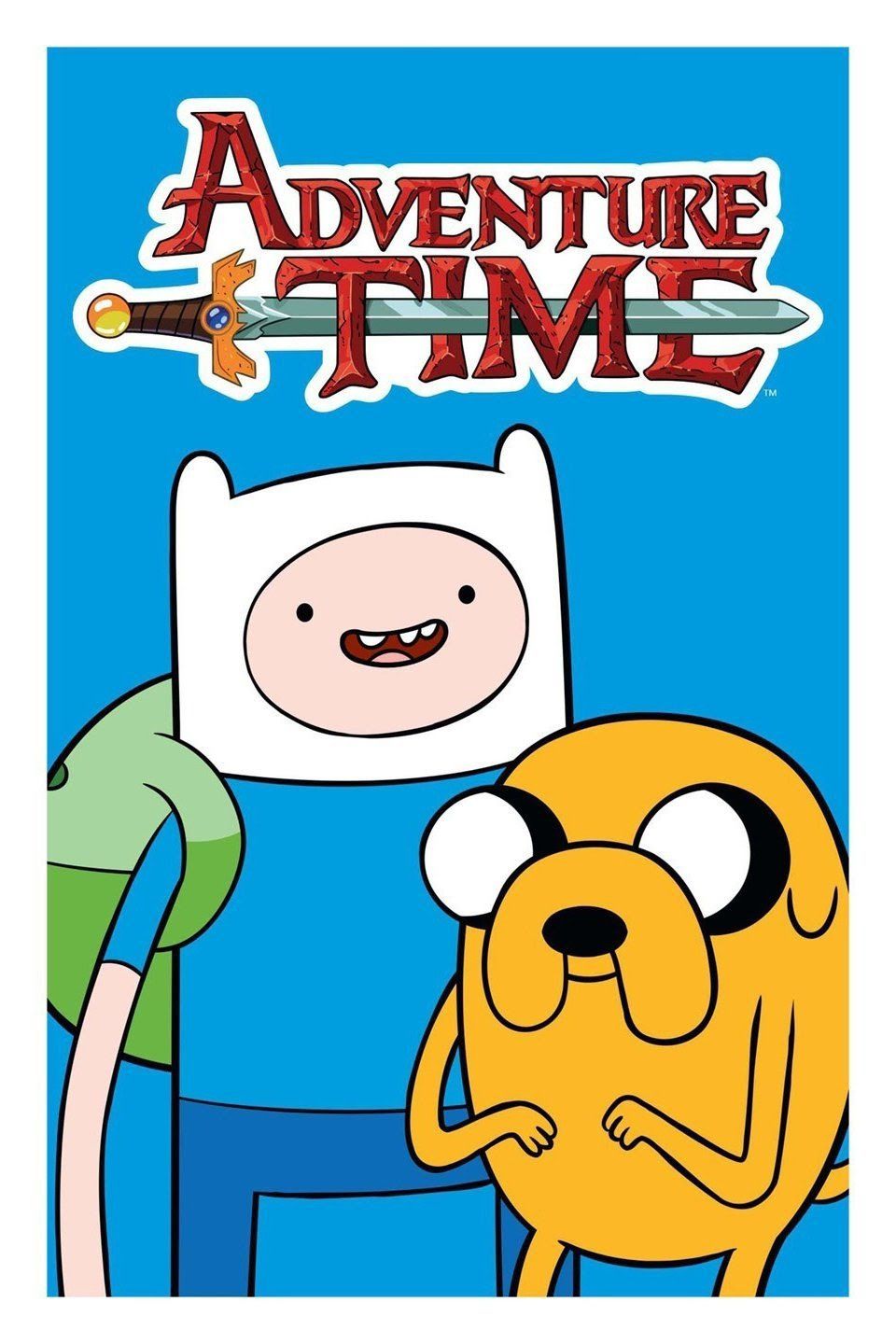
Adventure Time
Many cartoons that are being produced challenge gender stereotypes and gender roles. From Dora the explorer where the main character is a woman getting her hands dirty in the real world rather than pandering to men, the power puff girls where the main characters in the typically masculine dominated action genre are three young women fighting crime, and adventure time which while the main characters of the plot are male the female characters in the show challenge the stereotypes and gender roles of femininity.
Taking a further look into adventure time specifically, female portrayal in the show for protagonists, antagonists and minor roles is relatively equal to male characters. It doesn't hesitate to add an area of 'disgust' typically associated with male characters to the female characters. For example in episode 1 season 1 Princess Bubblegum added "a few drops of explosive diarrhea" to a serum to reanimate the dead.
Princess Bubblegum further defies gender roles by being portrayed as a genius scientist with an extremely high IQ and an incredible strength. Even though at times she does fall into the trope of princess being rescued by man when she is rescued by Finn & Jake, on numerous occasions she returns the favor and rescues them instead.
She is also not there simply as a love interest for the main character as throughout the story they instead explore a queer relationship between her and the vampire Marceline.
There are several other princesses who challenge the stereotypes of gender in Adventure Time as well such as LSP (Lumpy Space Princess) who is just a floating cloud of lumps expressed with a masculine voice. There are more princesses as well who do not conform to the typical portrayal of femininity such as Hotdog Princess who looks like a Dachshund and muscle princess who deliberately wears messy hair as not to distract from her muscles (Jane, E. 2015).
THE INFLUENCE ON YOUNGER GENERATIONS
Cartoons have significant power to influence children through shaping their perceptions and behaviors. As highlighted by Leaper et al. (2006), the overrepresentation of male characters in television cartoons compared to female representation perpetuates the idea of male prominence and superiority in society, instilling early gender biases in young minds. Through this overrepresentation of males, children can believe that men hold higher status and importance, while reinforcing gender stereotypes and inequalities.
Exposure to certain themes and behaviours in cartoons can also directly impact children's likeliness to emulate prosocial or aggressive actions. This has been found to be particularly true for males which no doubt stems from the physical aggression male characters are seen with in cartoons (Leaper et al. 2006, p.1654).
This brings to light the crucial role of media and specifically cartoons in shaping the moral development for children because the influence of cartoons on children goes beyond simple entertainment, becoming a force that can affect their actions, perceptions and attitudes.
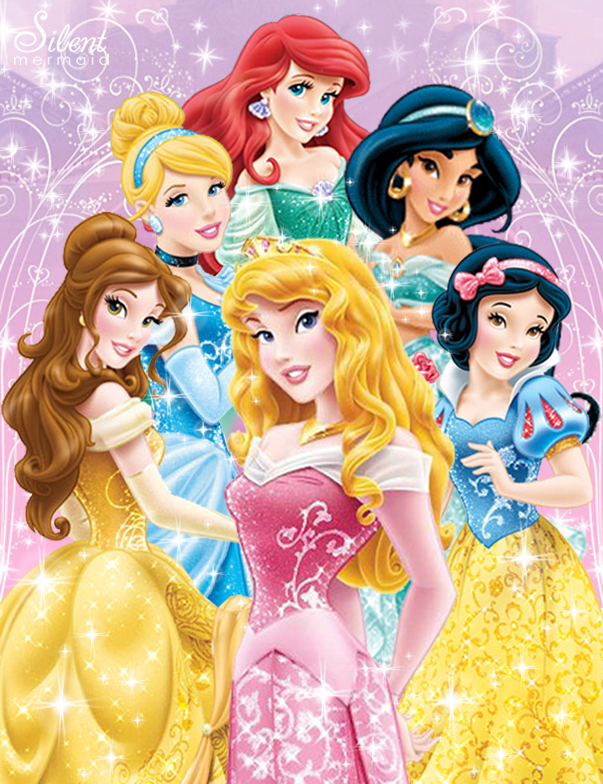
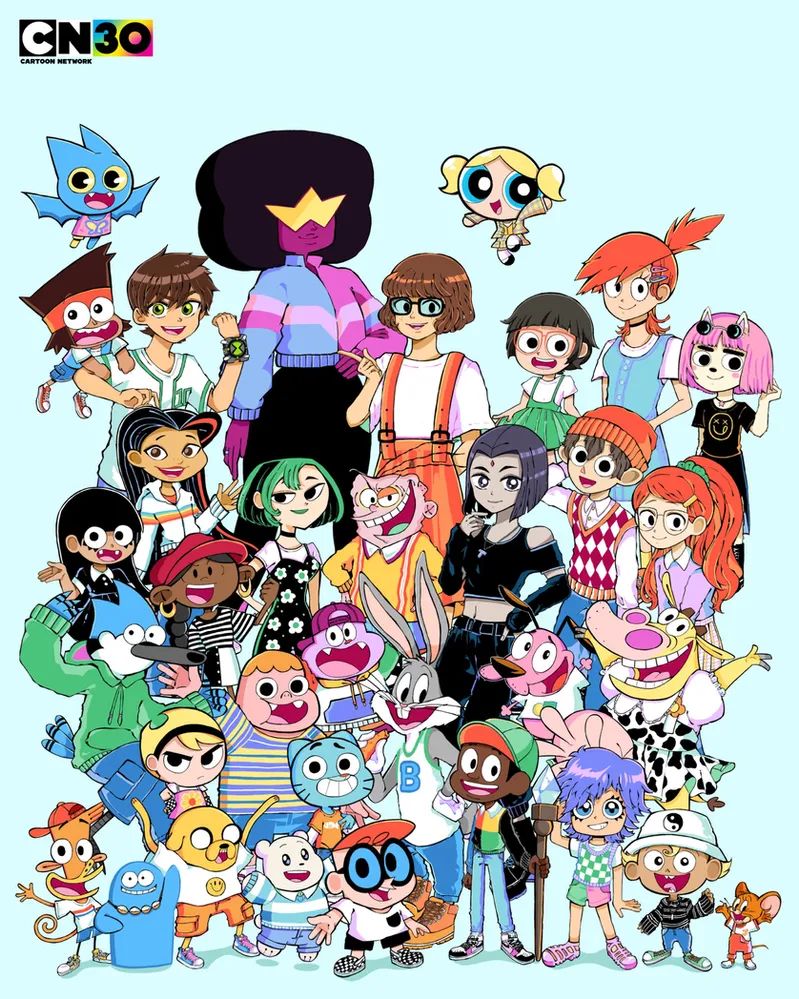
Image and Video References
Mulan image https://www.reddit.com/r/AskWomen/comments/4rjuyo/what_if_any_animated_male_characters_do_you_find/
Ben 10 image https://www.imdb.com/title/tt0760437/mediaviewer/rm617388288/
Disney Princesses image https://www.google.com/url?sa=i&url=https%3A%2F%2Fwww.deviantart.com%2Fsilentmermaid21%2Fart%2FDisney-Princesses-New-2013-Design-350328248&psig=AOvVaw3WcwwgQ2eRNbzA47LoEjGu&ust=1715311274417000&source=images&cd=vfe&opi=89978449&ved=0CBQQjhxqFwoTCLCwws3O_4UDFQAAAAAdAAAAABAJ
Cartoon Network Characters Image https://www.themudmag.com/post/cartoon-network-end-discovery-warner-merger
Teen Titans image
https://i.kinja-img.com/gawker-media/image/upload/c_fill,f_auto,fl_progressive,g_center,h_675,pg_1,q_80,w_1200/d8xm1e5vlxg8vyo7fusf.png
General References
https://www.researchgate.net/publication/229724540_Variations_in_the_Gender-Stereotyped_Content_of_Children's_Television_Cartoons_Across_Genres
https://www.tandfonline.com/doi/full/10.1080/17482798.2015.1024002
https://www.annualreviews.org/content/journals/10.1146/annurev-psych-122216-011719
https://www.toonsmag.com/cartoons-and-gender-representation-shaping/#google_vignette